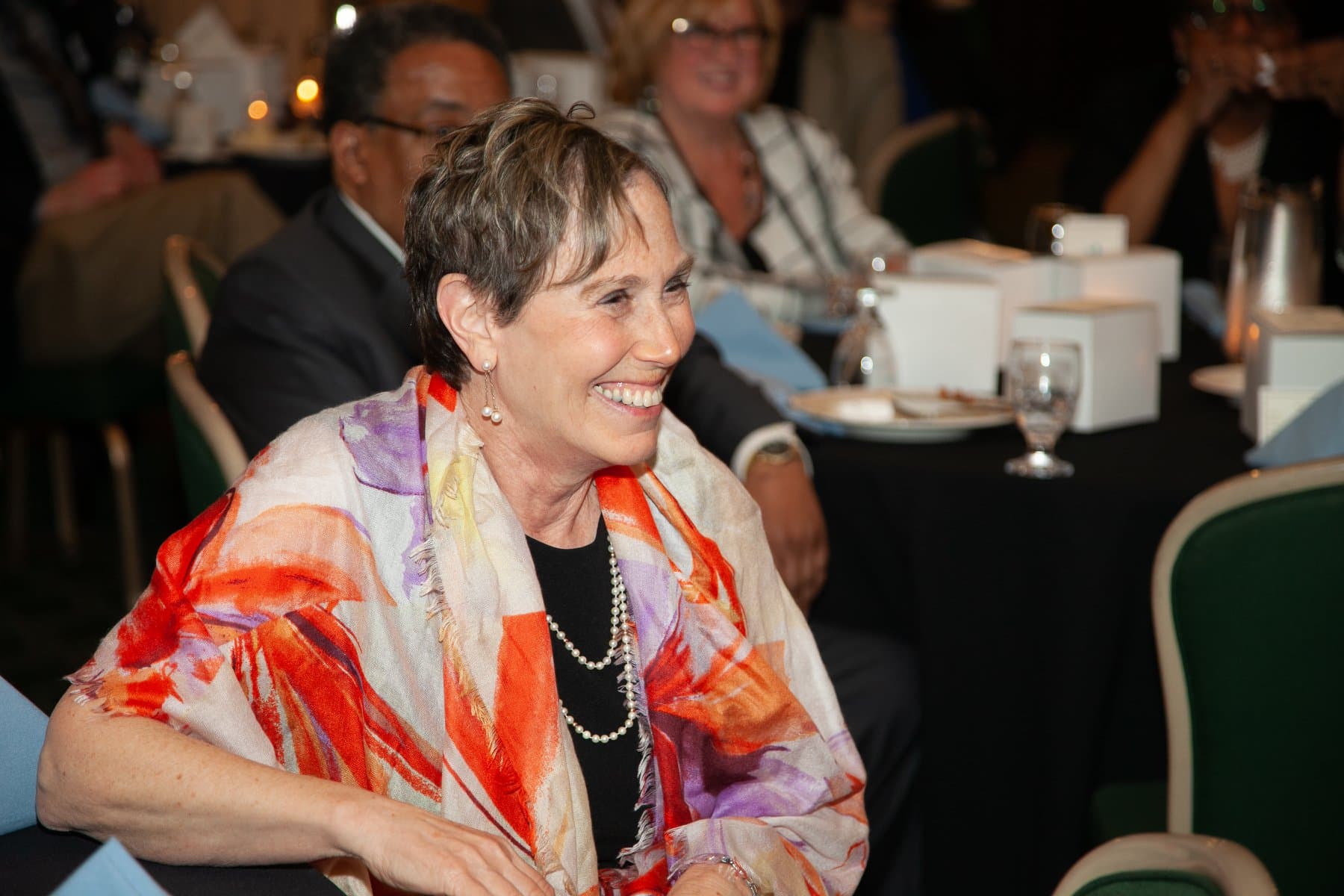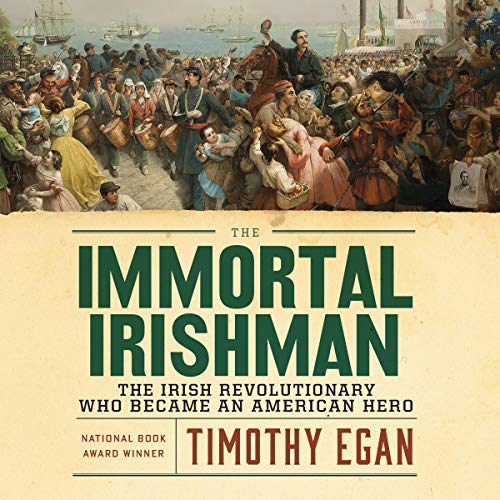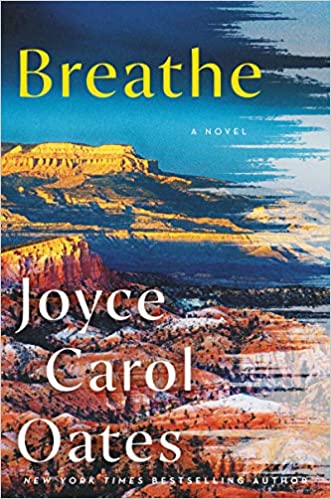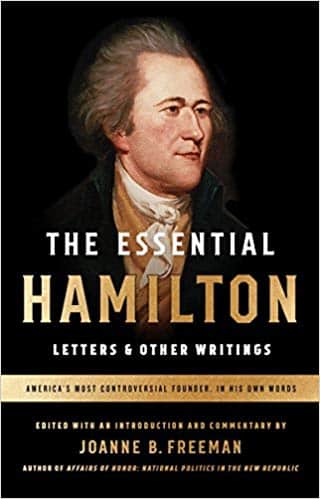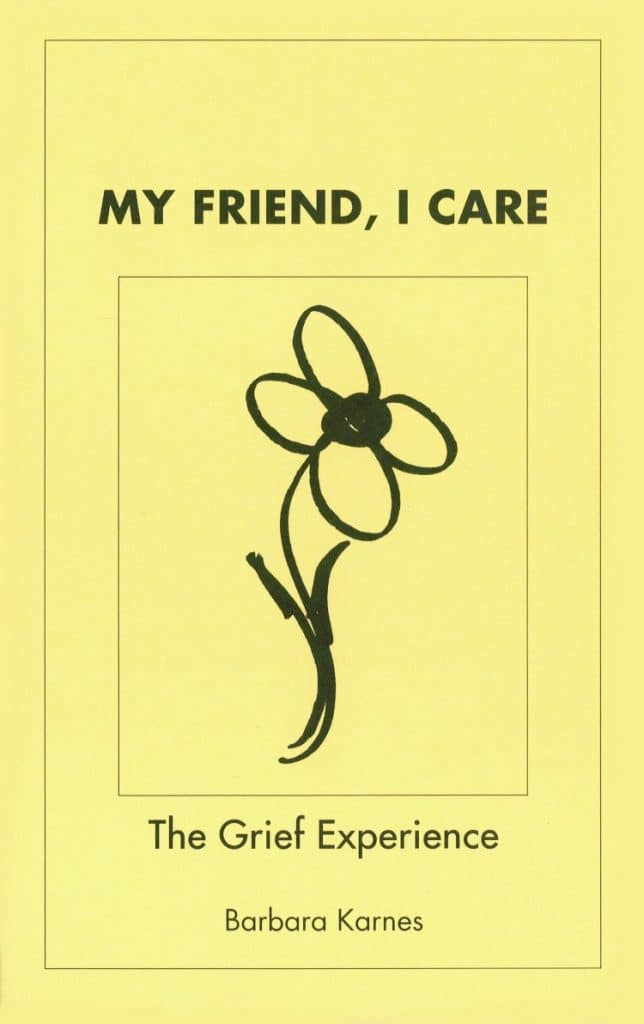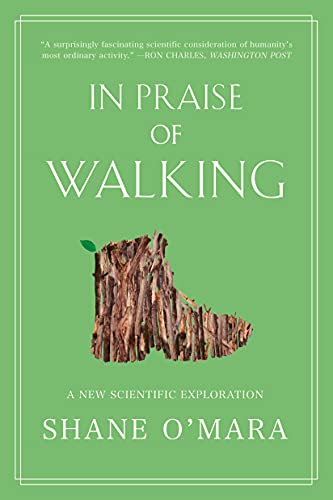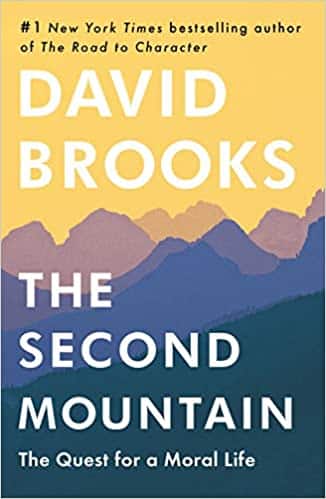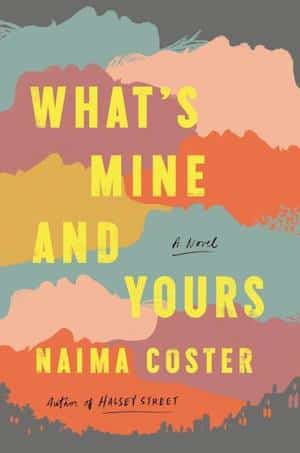
What’s Mine and Yours
Estimated reading time: 2 minutes, 27 secondsWhat’s Mine and Yours by Naima Coster is one of the best books I have read in the last few years. At this moment in my life, family means more than ever. This book explores how families can collapse and find ways to reunite. Although my life circumstances are the polar opposite of the protagonists, the book’s central themes resonated with me.
The focus on integration in this Millenium is a subject that needs to be discussed openly and honestly. The racist response of some of the parents is told in a way that clarifies the pain that that can cause.
Even the parents who favor integration have their flaws, which are passed on to their children.
The children, especially Noelle and Gee, oppose their parent’s actions. The sins of their parents are sowed upon them as well.
I have placed this book on my list of novels for reading later this year or n 2023. Its themes are so strong that a second reading is required to engage with its multiple levels fully.
This is a Goodreads summary.
A community in the Piedmont of North Carolina rises in outrage as a county initiative draws students from the primarily Black east side of town into predominantly white high schools on the west. For two students, Gee and Noelle, the integration sets off a chain of events that will tie their two families together in unexpected ways over the next twenty years.
The debate is Jade, Gee’s steely, ambitious mother, on one side of the integration. In the aftermath of a severe loss, she is determined to give her son the tools he’ll need to survive in America as a sensitive, anxious, young Black man. On the other side is Noelle’s headstrong mother, Lacey May, a white woman who refuses to see her half-Latina daughters as anything but white. She strives to protect them as she couldn’t protect herself from the influence of their charming but unreliable father, Robbie.
When Gee and Noelle join the school play meant to bridge the divide between new and old students, their paths collide, and their two seemingly disconnected families begin to form deeply knotted, messy ties that will shape the trajectory of their adult lives. And their mothers-each determined to see her child inherit a better life-will make choices that will haunt them for decades to come.
As love is built and lost, and the past never too far behind, What’s Mine and Yours is an expansive, vibrant tapestry that moves between the years, from the foothills of North Carolina to Atlanta, Los Angeles, and Paris. It explores every family’s unique organism: what breaks them apart and how they come back together.
When you buy a book or product using a link on this page, I receive a commission. Thank you for supporting Sharing Jan’s Love blog.
